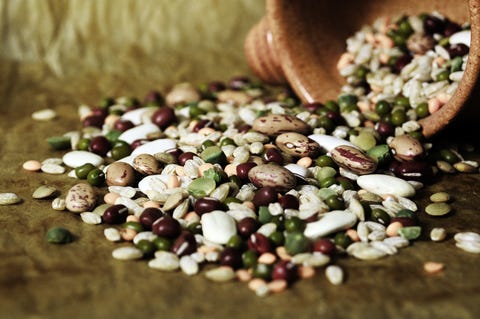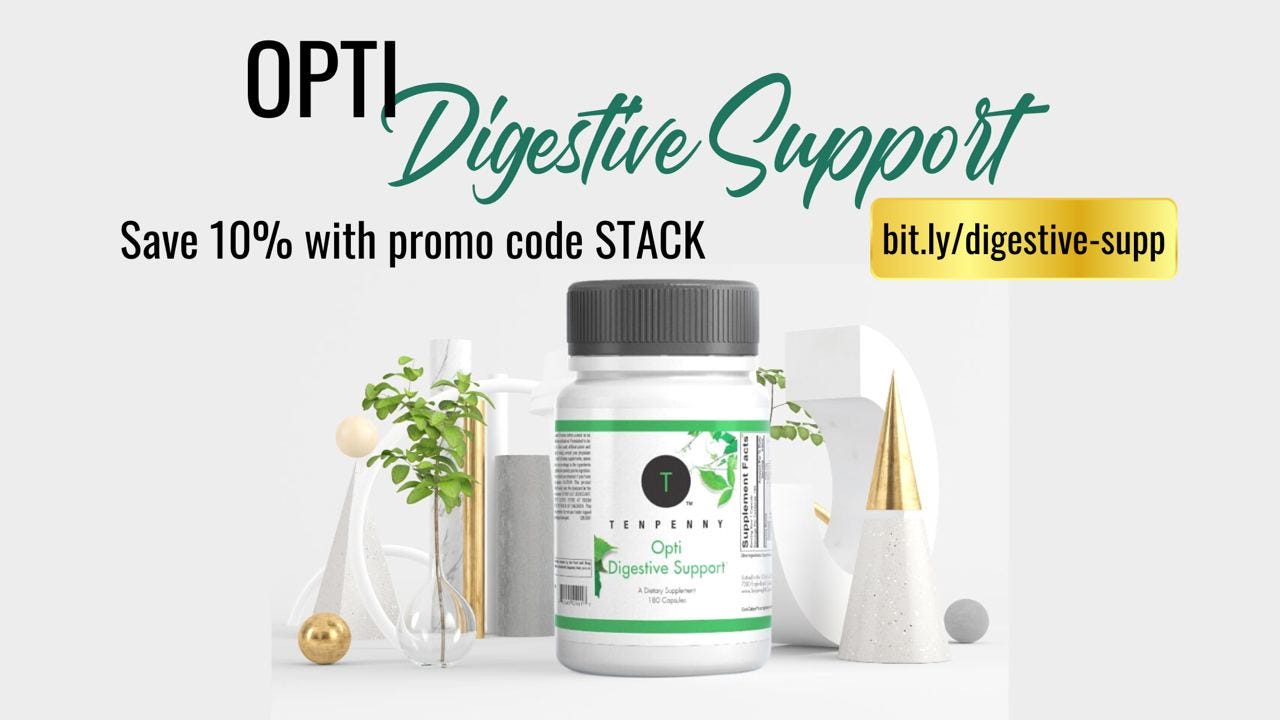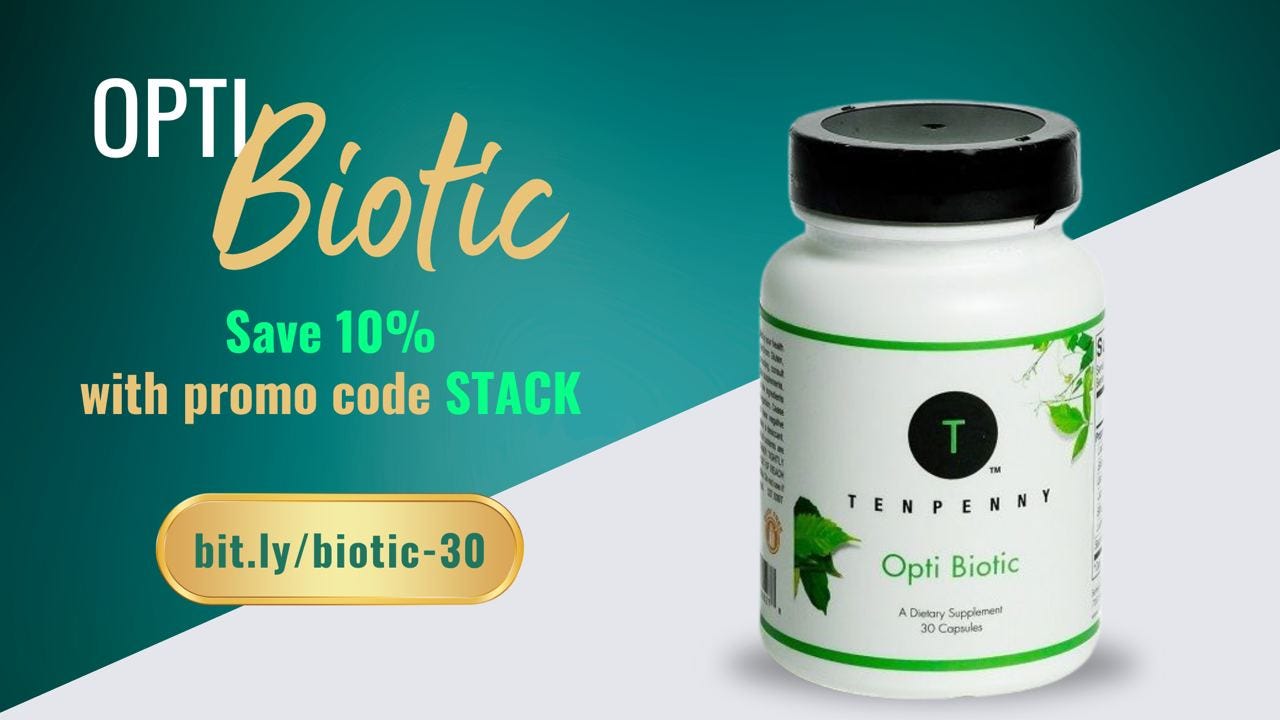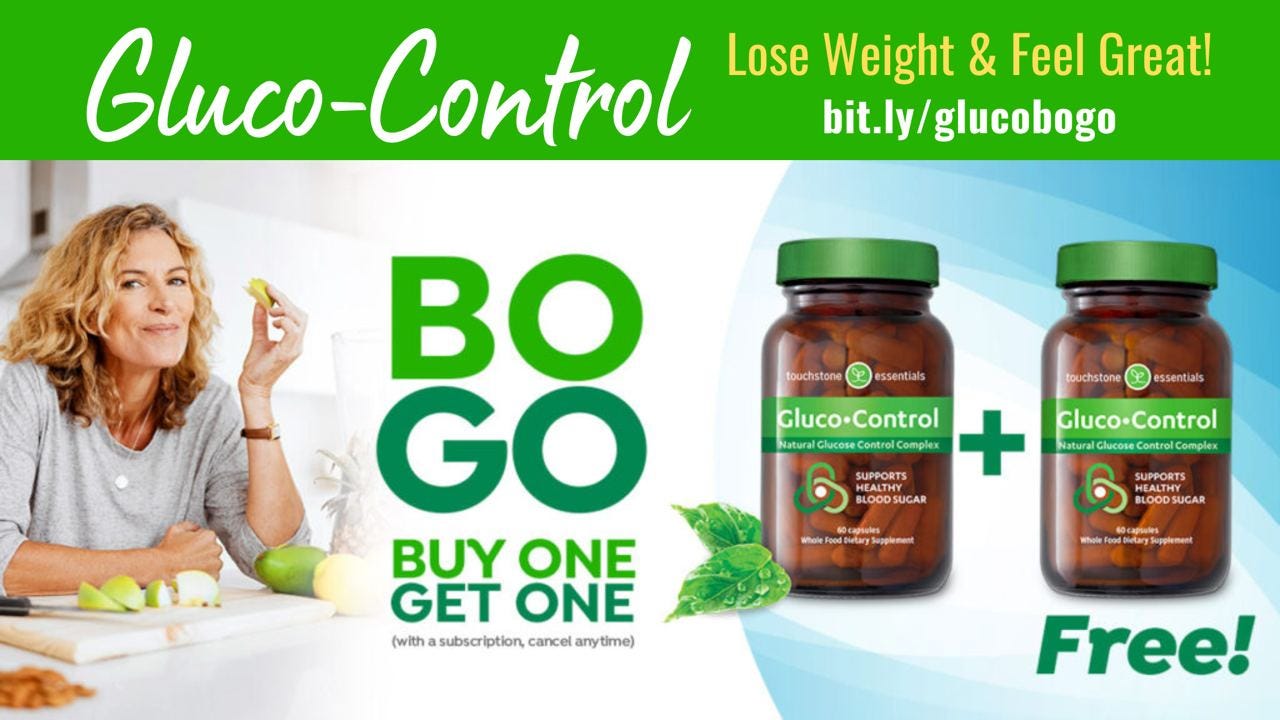Follow: Twitter | Instagram | Telegram | Truth Social | Podcast Membership|
Broadcasts: Rumble| HappyHour |This Wk wDrT | Brighteon | Bitchute | Tues Coffee
Learn about ECP: Health Center Cleveland, OH | Health Center Ventura, CA
Websites: DrTenpenny.com |Tenpenny Apparel| Tenpenny Supplements
Lectins are a family of proteins found in almost all foods but found in the highest concentrations in legumes and grains. Humans have problems digesting lectins and are highly resistant to your body’s digestive enzymes. These foods are some of the highest sources of lectins in the American diet:
1. Legumes – peanuts, garbanzo beans, kidney beans, lima beans, peas
2. Wheat germ – contains 300 mcg of wheat lectin/gram (about ¼ teaspoon)
3. Soybeans/soy-based products– inhibit the absorption of nutrients, especially iron
4. Nightshade family of vegetables -- white potato, peppers, tomato, eggplant
In most cases, cooking these foods with “wet” heat, such as stewing, boiling, or cooking in sauce, breaks down lectins to minimal levels.
Some Conditions Linked to Lectins
Celiac disease: Wheat gliadin contains a lectin-like substance that binds to human intestinal mucosa. This has been debated for over 20 years as the “celiac disease toxin.” But because celiac disease is already managed by gluten avoidance, little would change if the wheat-lectin hypothesis proved to be correct.
Kidney nephropathy: Wheat lectin binds to glomerular capillary walls and tubules in human kidneys, resulting in the formation of the autoimmune antibody (IgA), which, in turn, induces fibrous deposits. This suggests nephropathy (renal disease) may be caused or aggravated by wheat.
Peptic ulcer: Lectins cause a release of histamine from stomach mast cells, which in turn stimulates acid secretion. The three main pathogenic causes for an ulcer— 1) acid stimulation, 2) breakdown of the mucous defense layer, and 3) abnormal bacterial overgrowth (Helicobacter pylori) can all be linked to various lectins.
Inflammatory bowel disease: This incorporates two intestinal conditions: Crohn's disease and ulcerative colitis. These conditions are thought to be made worse by gooey food lectins and genetically modified foods, including corn, canola, soy, and sugar beets. The inflammation may actually be due to traces of glyphosate remaining in the food.
Leaky gut, also known as intestinal permeability, is sometimes included as part of the inflammatory bowel disease profile. Leaky gut can be caused by undigested lectins, causing the tight junctions between the cells of the GI tract to separate, allowing the entrance of larger food particles, bacteria, and bacterial components into the systemic circulation. The result can be food allergies and a variety of autoimmune responses.
What’s Up With Lectins?
We all eat lectins, but we don’t all get insulin-dependent diabetes, nephropathy, peptic ulcers, and inflammatory bowel diseases.
Why?
Partly because we vary our food intake and partly because our guts are protected by a coating of healthy glycolipids. We will be safe if we take care of our gut microbiome. See last week’s substack here.
Given the hard-to-digest nature of lectins, they can be detrimental to our gut. However, they aren’t all inherently bad. As with most foods, diets, and lifestyle choices, choosing to eat lectins or not is an individualized decision. There is no one-fits-all approach to lectins. Pay attention to how you feel after eating foods known to be high in lectins. Do you notice any immediate abdominal discomfort or nausea? Does your nose start to run? Do you feel suddenly tired, get a headache, or experience brain fog after a lectin-laden meal? These are indicators of food sensitivities - and the culprit may be a lectin sensitivity.
Solutions:
1. Guidelines for eating dried beans are to soak in lightly salted water for at least 5 hours and up to 12 hours and then boil vigorously in water or broth for a minimum of 20 min.
2. Lectins can be blocked by whole sugars and dietary oligosaccharides, a type of carbohydrate found in an array of plant foods. including garlic, white onions, kale, cabbage, blueberries, figs, and bananas.
3. Digestive enzymes help to break down all types of food for easier digestion. I take Opti-Digestive support with every meal. I’ve tried many; this is my favorite.
4. Probiotics add an additional layer of help to our gut microbiome and replenish the bacteria damaged or killed by food, alcohol, caffeine, and food additives. I’ve taken Opti-Biotic for years - one at bedtime, which is the ideal time to take your probiotics. This comes in 30 or 60 capsule sizes.
Gluco-control, an all-natural supplement that curbs cravings and balances blood sugar, can lessen the spikes and dips that result in cravings and out-of-control eating. One of my favorites from Touchstone. I really does everything it claims is can do. I take mine around 1p every day to stop the “munchies” after dinner. Gluco-Control helps you feel full longer, supports metabolic function, and supports and nourishes the gut microbiome









It may not be the products but the toxins used to grow them. Per Dr Gundrey people who go to home to their home land such Italy, while there they eat all of these same foods with no problem that they experience here in US. Choosing US organic may make a difference in how we are effected by these foods.🕊️
I highly encourage you to listen to this short podcast on lectins by Sue Becker, a Christian and food scientist who has been freshly milling her own grains for over 31 years and sharing the health benefits of doing so. She gives a different perspective and reveals that the lectin studies used uncooked bean and wheat flour in the studies, which is not how beans and wheat are eaten. Beans and whole grains are actually some of the most nutrient-dense foods designed by God.
https://www.youtube.com/watch?v=R6_eABoipq8